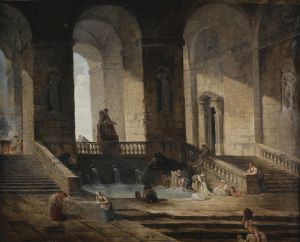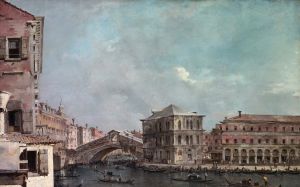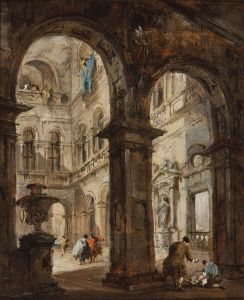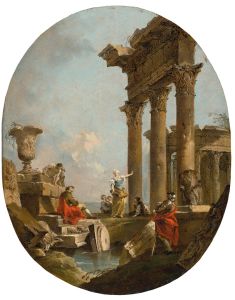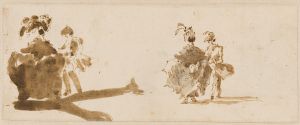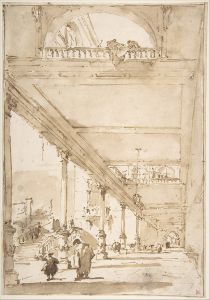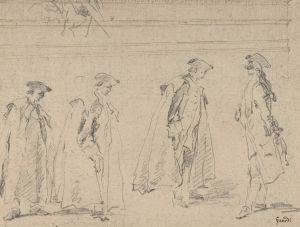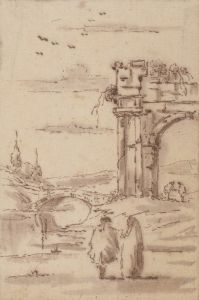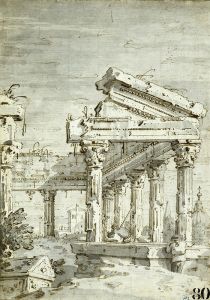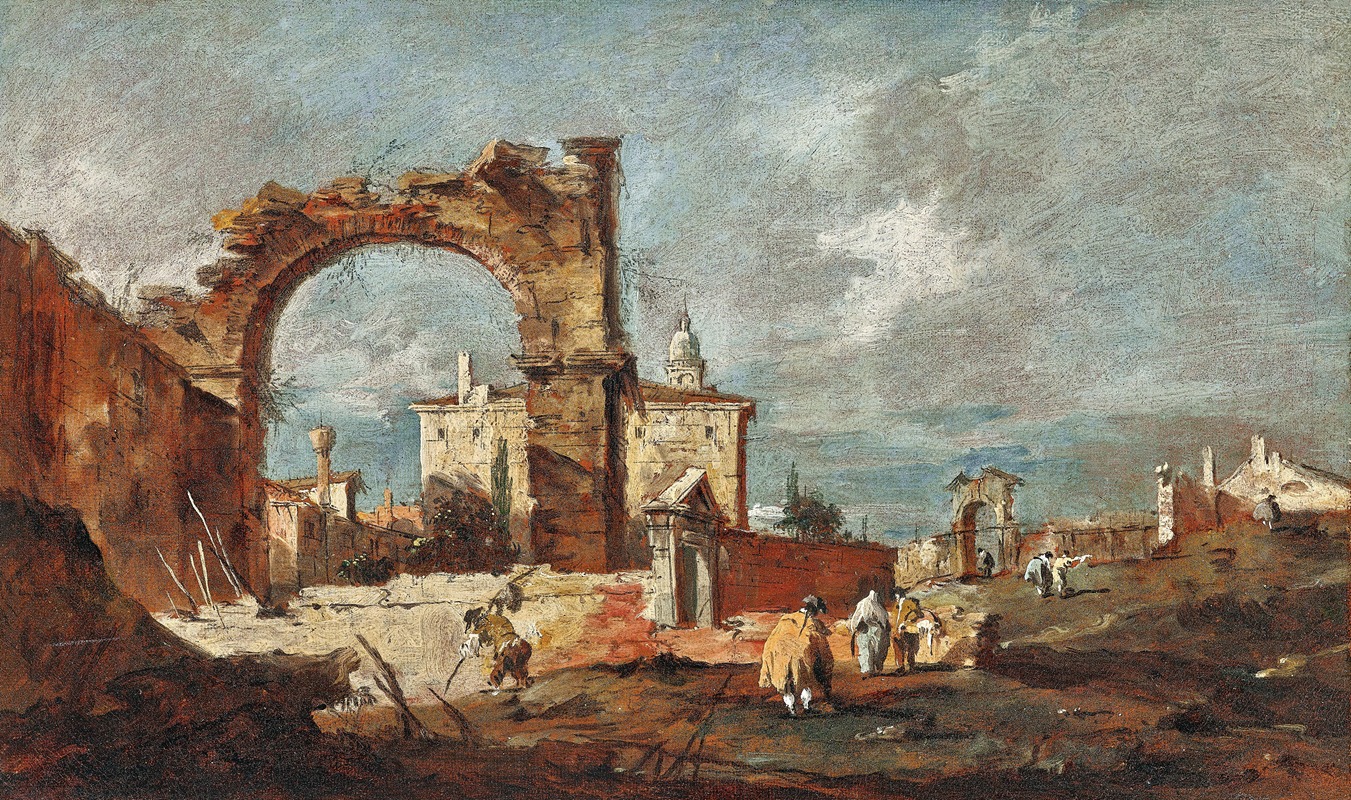
Capriccio with a ruinous arch and a villa in the background
A hand-painted replica of Francesco Guardi’s masterpiece Capriccio with a ruinous arch and a villa in the background, meticulously crafted by professional artists to capture the true essence of the original. Each piece is created with museum-quality canvas and rare mineral pigments, carefully painted by experienced artists with delicate brushstrokes and rich, layered colors to perfectly recreate the texture of the original artwork. Unlike machine-printed reproductions, this hand-painted version brings the painting to life, infused with the artist’s emotions and skill in every stroke. Whether for personal collection or home decoration, it instantly elevates the artistic atmosphere of any space.
Francesco Guardi's Capriccio with a Ruinous Arch and a Villa in the Background is a painting attributed to the Venetian artist, who is renowned for his contributions to the genre of vedute (view paintings) and capricci (architectural fantasies). Guardi, active during the 18th century, was a prominent figure of the Venetian school and is often associated with the Rococo style. His works are celebrated for their atmospheric qualities and imaginative compositions, blending real and fantastical elements.
This particular painting, like many of Guardi's capricci, depicts an imagined architectural scene rather than a faithful representation of an actual location. The composition features a partially ruined arch in the foreground, which serves as the focal point of the piece. The arch, rendered with a sense of decay and age, is juxtaposed against a serene villa in the background, creating a contrast between the grandeur of classical architecture and the idyllic countryside setting. The inclusion of these elements reflects Guardi's ability to evoke a sense of nostalgia and romanticism, which were key characteristics of his capricci.
Guardi's technique in this work demonstrates his mastery of light and shadow, as well as his distinctive loose brushwork. The painting captures the interplay of sunlight and shadow on the crumbling surfaces of the arch, lending a dynamic quality to the scene. The use of muted tones and soft colors enhances the dreamlike atmosphere, inviting viewers to immerse themselves in the artist's imaginative vision.
While the exact date of the painting's creation is not documented, it is consistent with Guardi's mature style, which developed in the latter half of his career. During this period, he increasingly focused on capricci, which allowed him greater creative freedom compared to his earlier vedute that depicted real Venetian landmarks.
The painting is an example of Guardi's ability to blend architectural elements with natural landscapes, creating compositions that are both evocative and harmonious. His capricci were highly sought after by collectors during his lifetime and remain valued for their artistic and historical significance.
As with many of Guardi's works, the provenance of Capriccio with a Ruinous Arch and a Villa in the Background is not fully documented, and specific details about its commission or early ownership are not available. However, it is representative of the broader trend in 18th-century Venetian art, where artists like Guardi and his contemporaries, including Canaletto, explored both real and imagined landscapes to cater to the tastes of patrons and collectors.
Today, Francesco Guardi is regarded as one of the last great painters of the Venetian school, and his capricci continue to be appreciated for their artistic innovation and poetic charm.





